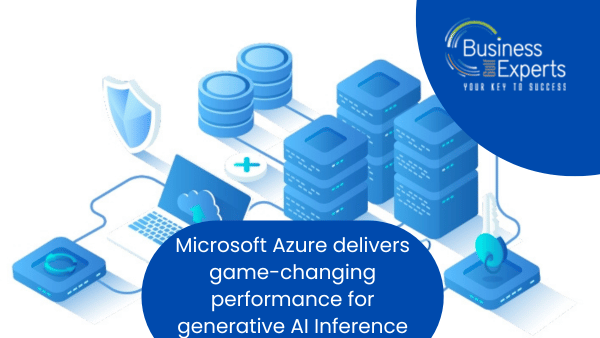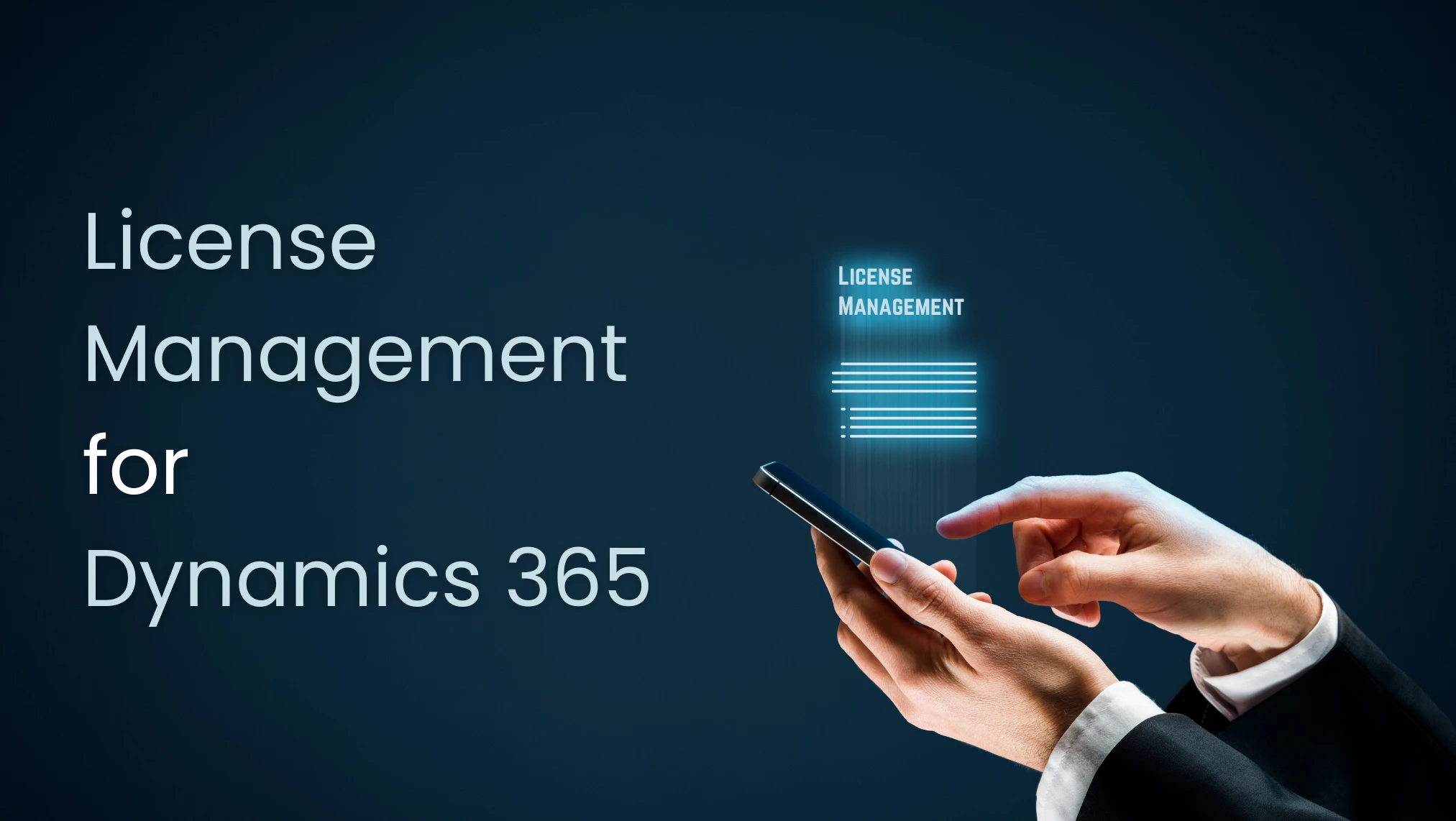Generative AI technology is changing the face of different disciplines, from producing striking visualizations to composing like music. Nevertheless, it requires powerful infrastructure to run the models efficiently and accurately. Here’s where Microsoft Azure sets the standards by providing the best results for industry-generative AI inference workloads.
MLPerf Inference benchmarks that provide an industry standard published by MLCommons have put Microsoft Azure on top of the cloud service providers’ list. Such success is the result of Azure’s steadfast devotion to improving its AI architecture, where the NC H100 v5 series GPUs are the crown jewel.
Generative AI: Bigger, Better, and Faster
The new NC H100 v5 blows away prior models with its powerful hardware. These latest generation GPUs, having 94GB of HBM3 memory, are spectacular. Consequently, there would be around a 17.5% increase in the memory size and a remarkable 64% enhancement in the memory bandwidth as compared to the previous generations. Benchmarks show a 46% jump over competitors thanks to fitting larger models on fewer GPUs. Even smaller models like GPT-J see a 1.6x speedup. This makes the NC H100 v5 perfect for complex tasks, allowing you to run more jobs faster with fewer resources.
Generative AI models are rapidly growing with some having billions of parameters! The jump, mostly epitomized by the very giant Llama2 model, demonstrates the AI industry movement towards more complicated AI. The NC H100 v5 VMs provided by Microsoft Azure were specially made to facilitate the execution of models. Powerful AI which is optimized for the best performance will maximize your advantage over the giant AI. As AI technologies are ushering in the age of “mega-models,” NC H100 v5 is the answer for delivering the power and scalability required to meet tomorrow’s AI challenges.
For generative AI users, this translates to a multitude of benefits
Blazing-Fast Speeds
The NC H100 v5-series GPUs give a notable performance rise that allows you to train and deploy your models at the fastest possible speed. This efficiency means faster iteration times, shorter experiment cycles, as well as swift innovation processes.
Effortless Scalability
The cloud-based nature of Azure lets you quickly scale your resources–up or down–based on your specific needs. This, on the other hand, means that you will have the processing power you need, ranging from a small experimental system to a large-scale production-ready application.
Cost-Effective Advantage
The Azure pay-as-you-go model makes you pay only for the resources you use. This removes the need to invest in pricey hardware upfront, making Azure a flexible and cost-effective solution even for small and medium-scale companies.
Also Read: Using Microsoft Azure Virtual Network Manager to enhance network security
Azure provides a suite of AI services and tools
Pre-built Cognitive Services
Utilize pre-trained AI models for tasks such as image recognition, natural language processing, and speech recognition, allowing you to include these capabilities in your generative models without the need to build them from the ground up.
Simplified Model Deployment
Azure allows you to easily and smoothly deploy your generative AI models so that they can be used in real time for inference within your applications.
Integrated Management Tools
Azure opens up a variety of monitoring and management tools for your generative AI workloads where you get deep insights into the performance and resource usage of your workloads.
Conclusion
If you want to expand the limits of generative AI and discover its true power, then Microsoft Azure is the best vehicle for this journey. Utilizing its advanced infrastructure, dedication to innovation, and complete introduction of AI services, Azure can help you unleash the real potential of generative AI and convert your ideas into reality.









